America Has Changed These ‘Foreign’ Foods Forever
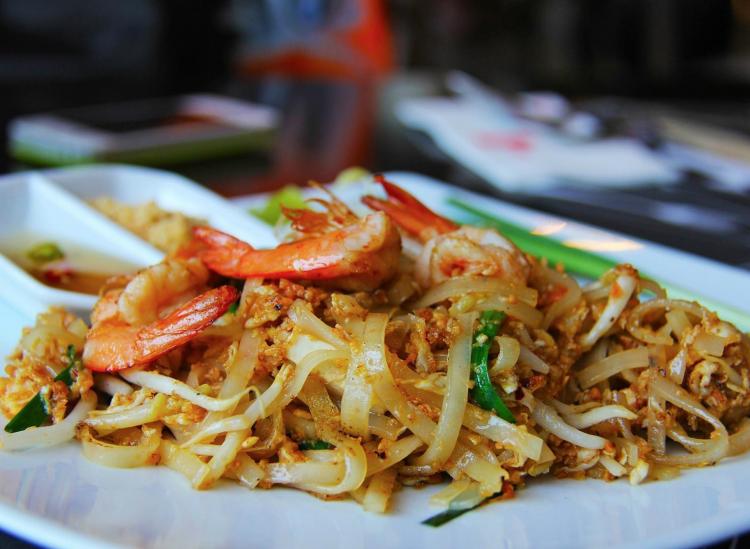
Pixabay
Our melting pot of cultures is what sets America apart from the rest of the world, and that diversity also means our options are endless when it comes to food. We have the freedom to eat whatever we want, and we get to be proud of any and all culinary creations that come from inside our borders.
When immigrants arrive in the United States, they typically bring their customs and culinary traditions with them. But it’s impossible for their recipes and cooking styles to remain totally authentic. When any cuisine moves from its homeland, it changes due to geographical challenges as well as cultural assimilation. Over time, people take on the characteristics of their new surroundings, which is why certain meals (particularly Chinese and Mexican dishes) take on entirely new lives in America. The five seemingly “foreign” foods below are prime examples of cuisine that looks nothing like what you’d find in its original country.
1. Pad Thai
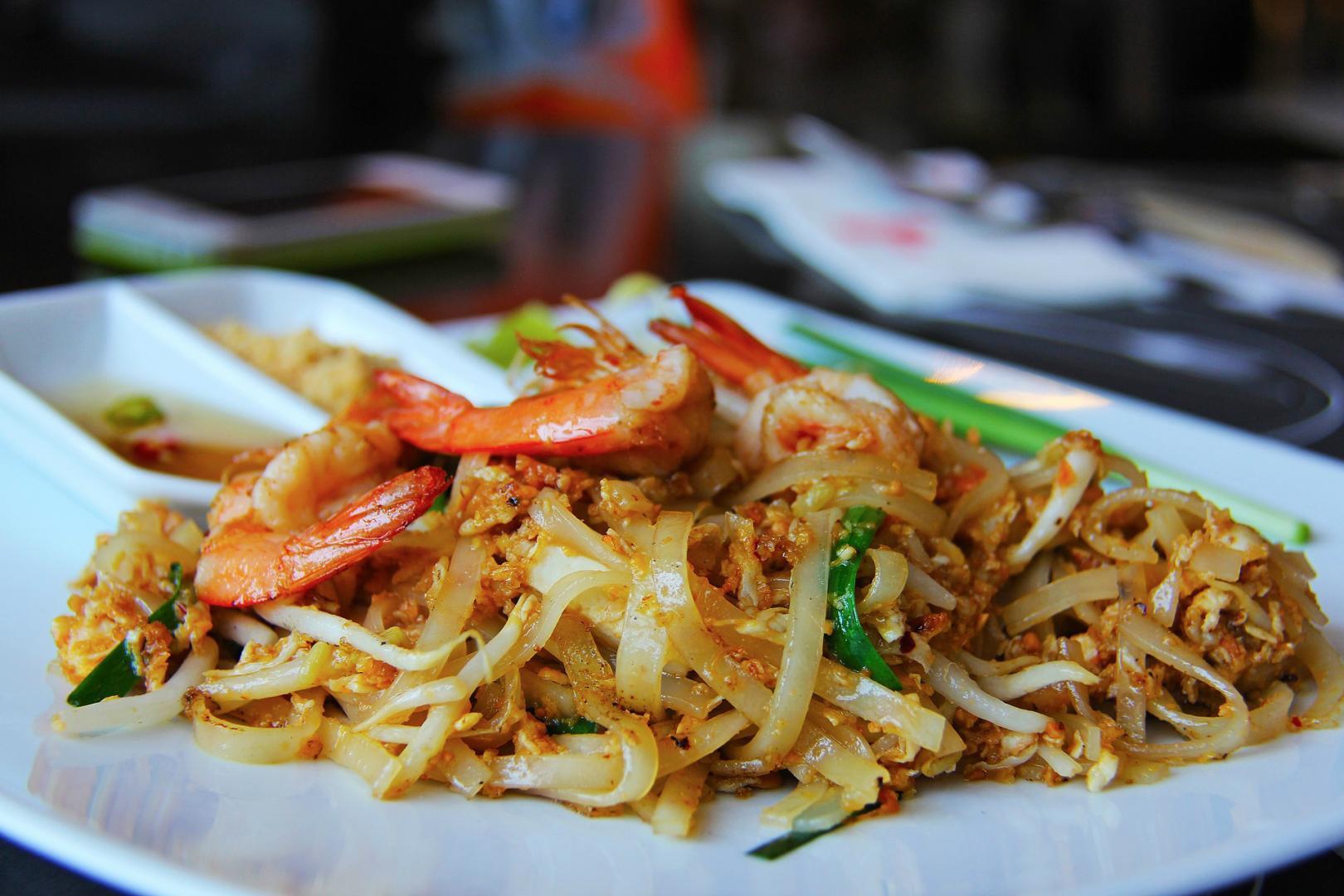
Pixabay
A lot of Americans associate Thai food with chicken pad Thai when, in reality, chicken pad Thai isn’t Thai at all. In Thailand, the dish consists of shrimp, flat rice noodles, fish sauce and veggies. There’s a red color to traditional pad Thai that’s supposed to come from chili peppers and tamarind, but Americans sometimes use ketchup. A lot of Americanized pad Thai dishes substitute chicken for shrimp, which also takes away from the authenticity. What’s even weirder is that everything about pad Thai — the noodles, the stir-fry and the idea of a noodle stir fry — is quintessentially Chinese.
2. Pizza
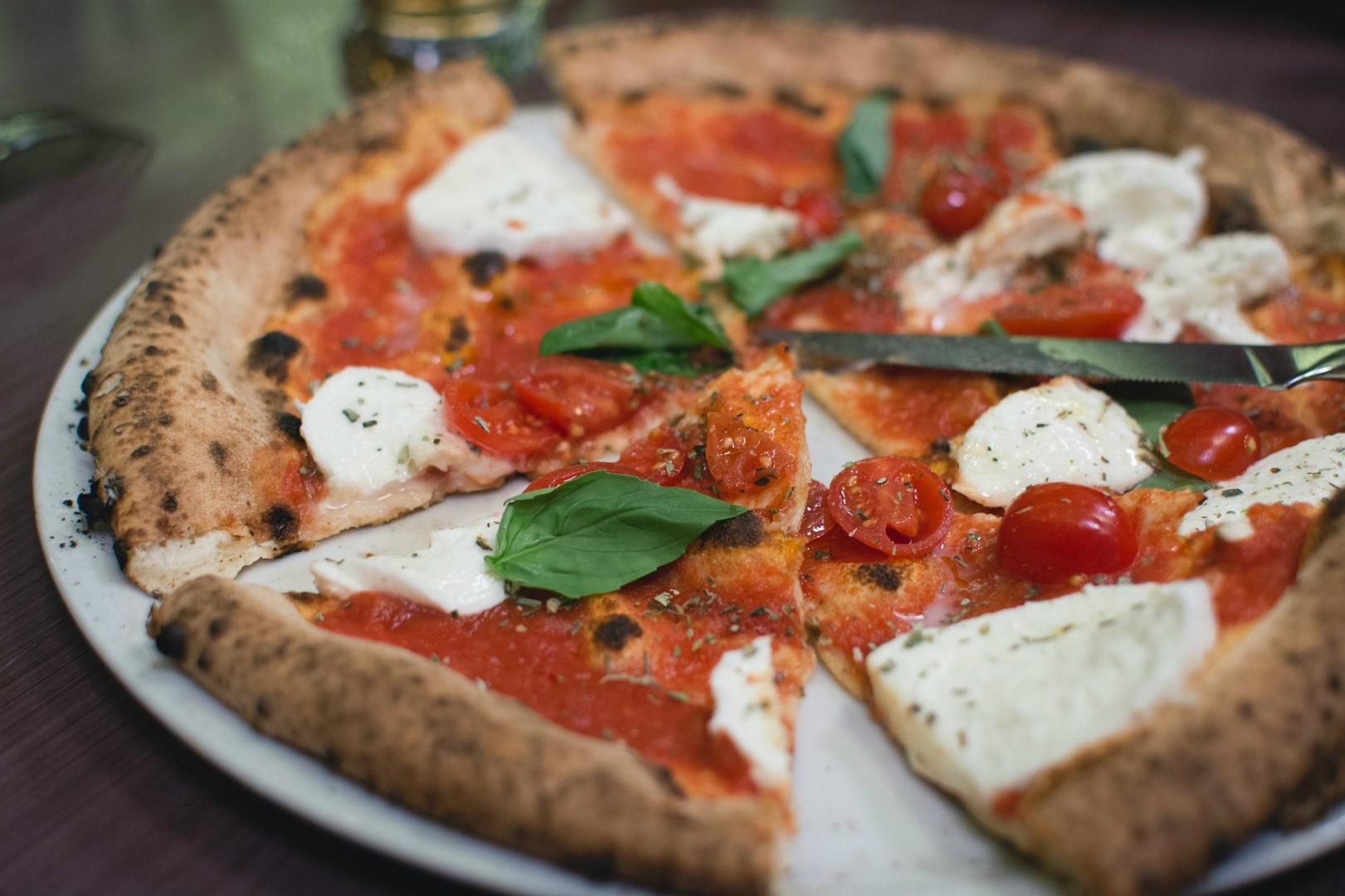
Pixabay
Those cheesy, topping-packed slices that you can’t live without aren’t actually Italian. The Americanized pies are a product of World War II soldiers. Pizza, in its earliest form, might’ve originated among the Greeks, but there wasn’t any cheese or tomatoes involved at the time. There are theories that suggest Italy adopted the pizza idea and added the fresh tomatoes and cheese. It was then the service men returning home from the war who piled on the cheese and toppings stateside and made pizza into the cheesy, delicious monstrosity we know and love here in the U.S.
3. Fettuccine Alfredo
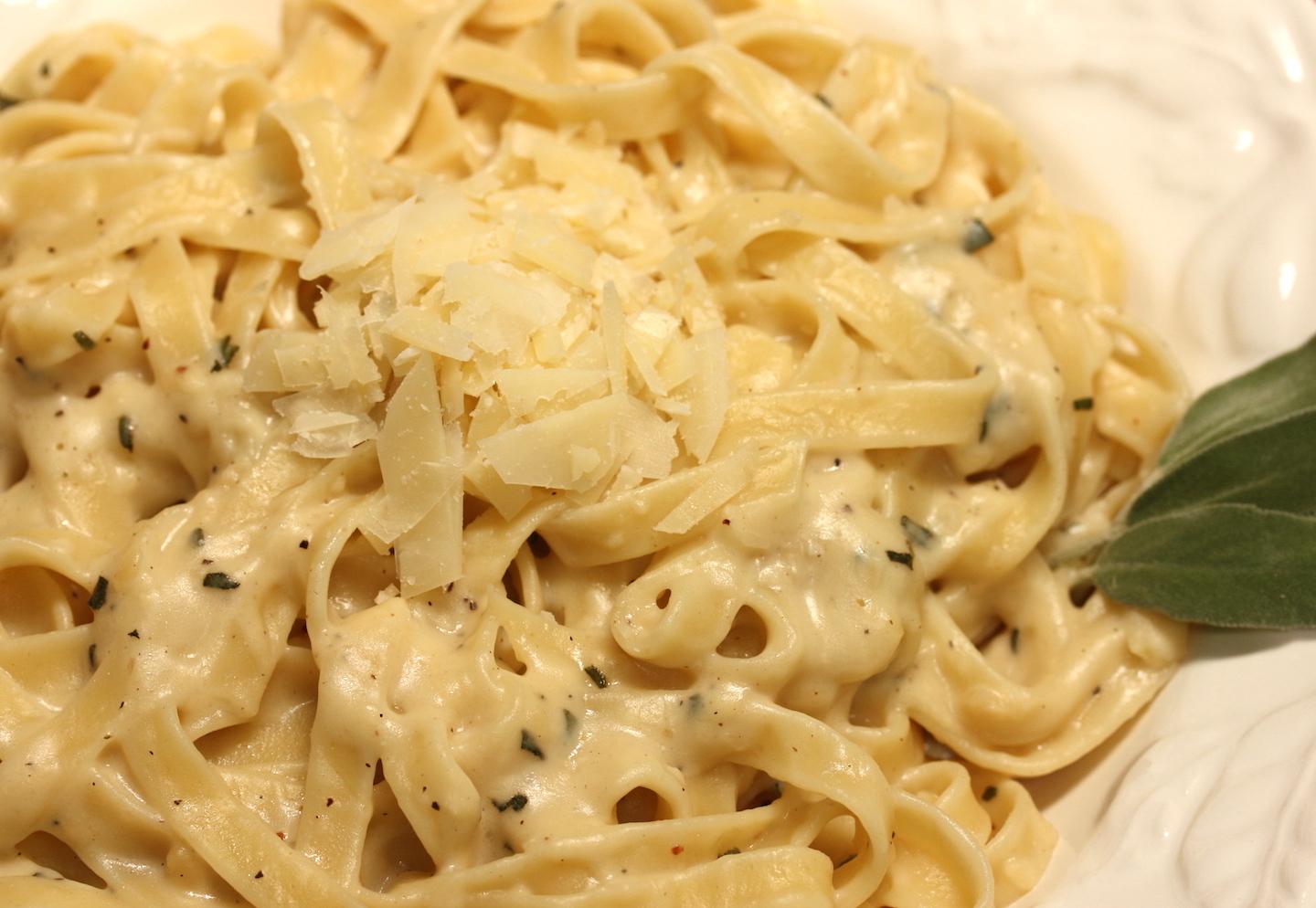
Flickr
Whenever you go to an Italian restaurant, the fettuccine Alfredo is usually pretty tempting. It’s pasta and cream — what could be better? However, the creamy, indulgent fettuccine we all know today wasn’t created in Italy.
A man named Alfredo di Lelio ran a restaurant in Rome, Via della Scrofa, back in the early 1900s. His pregnant wife suffered from nausea so he made her a plate of plain pasta (la pasta in bianco) and tossed it with some butter and Parmesan to settle her stomach. She liked it so much that he made the dish a fixture on his restaurant menu.
The dish was then brought over to America by two famous American actors who couldn’t get enough of Alfredo’s pasta. Eventually, a restaurant named Alfredo’s opened in New York City’s Rockefeller Center, where the sauce evolved to please American palates. Now, the Alfredo sauce you see on most plates — often accompanied by chicken, shrimp and pasta — is a mixture of flour, assorted cheeses and cream and/or milk.
4. The Cuban
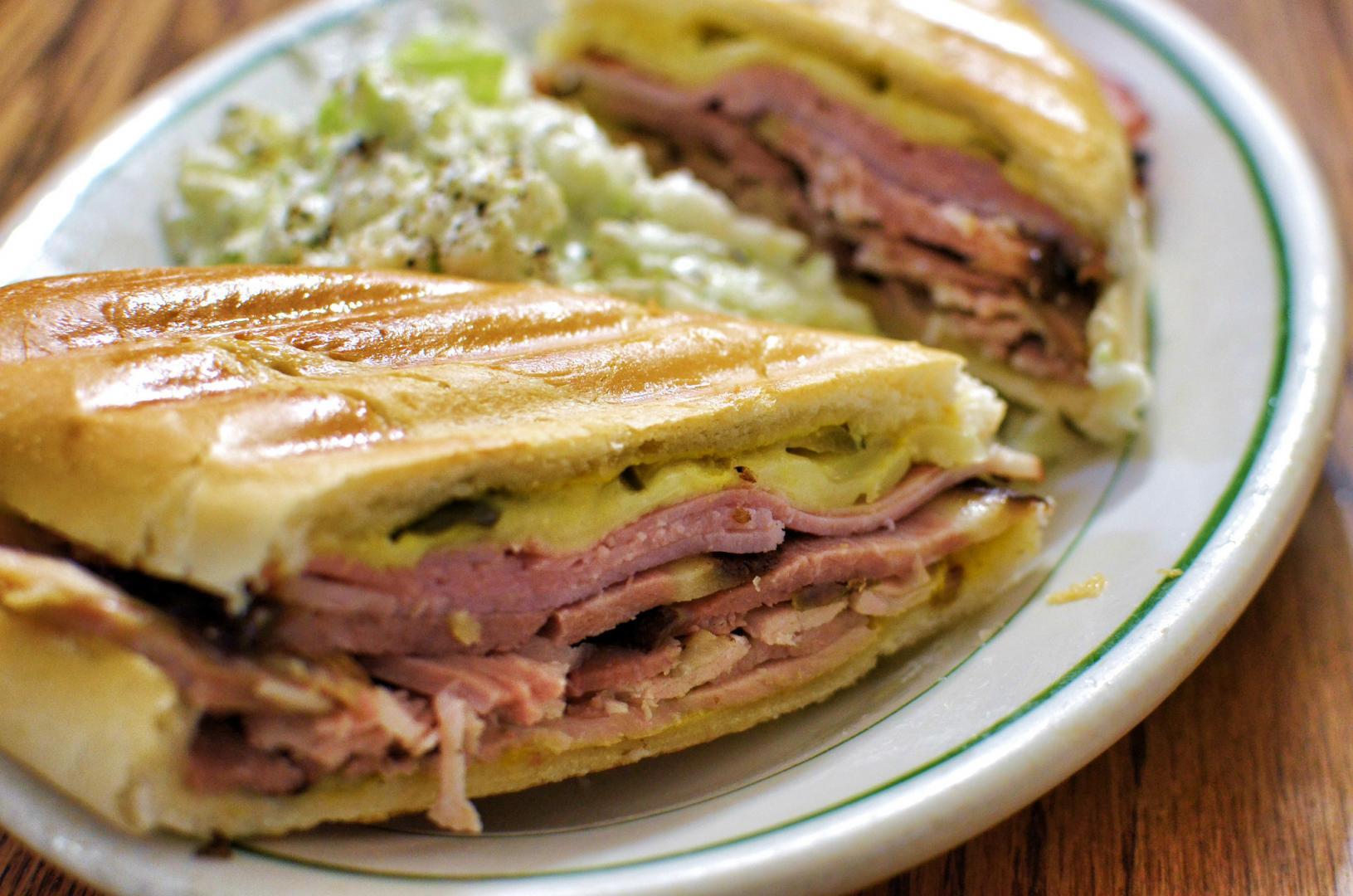
Flickr
Contrary to its name, the Cuban sandwich that we know in the U.S. originated in Florida. The sandwich is usually made with ham, roasted pork, Swiss cheese, thinly sliced pickles, mustard and salami on Cuban bread (a white loaf with a paper-thin crust). It’s pressed in a flat sandwich press called a plancha. The Cuban, with the addition of salami, was introduced by Cuban cigar-factory workers in Florida back in the 1950s. Miami and Tampa both claim to have introduced the sandwich, so we’ll never quite know where official credit is due. Thanks, whoever you are!
5. Garlic Bread
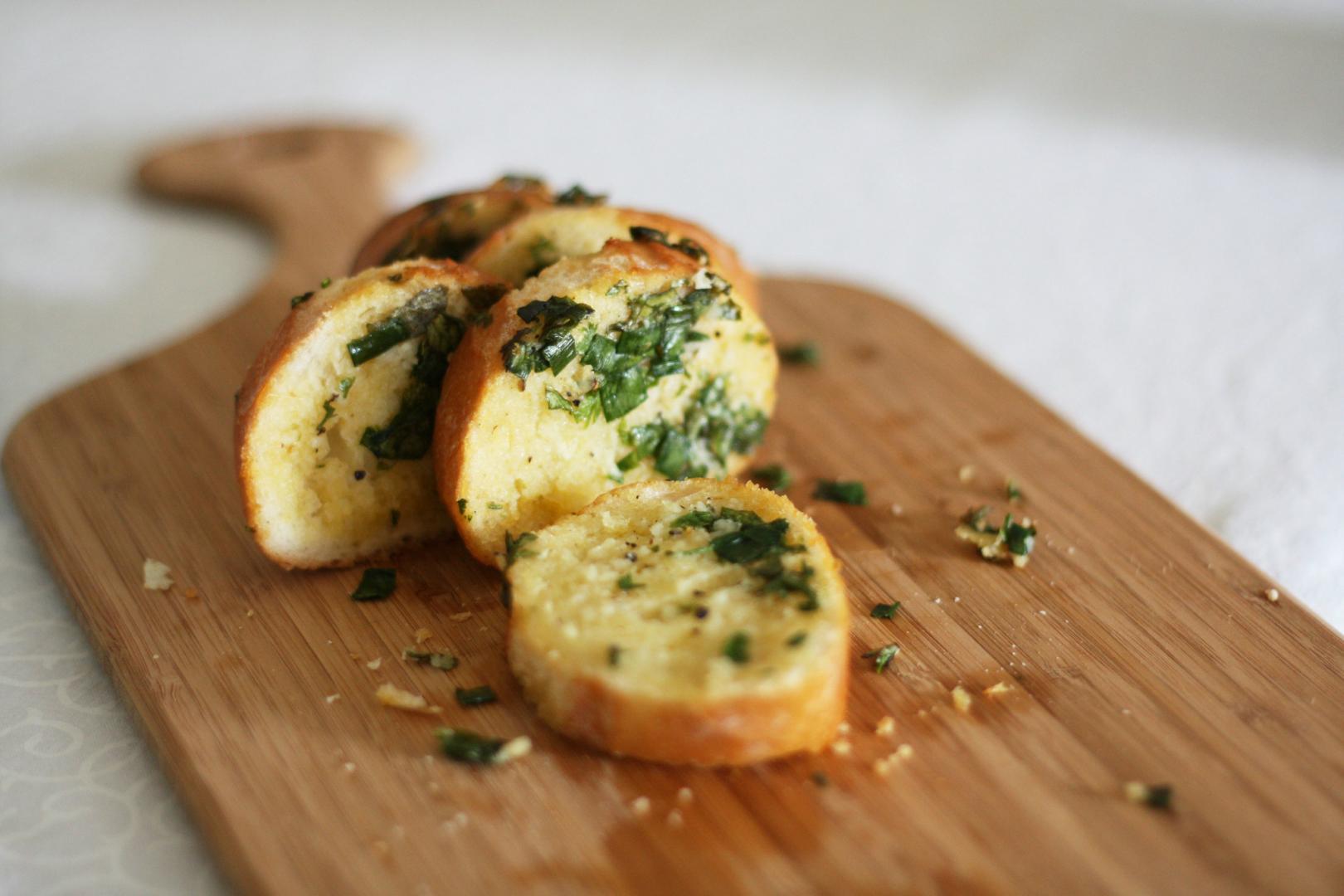
Flickr
If you’re looking for that buttery, cheesy, garlicky goodness on your next trip to Italy, you won’t have much luck. Americanized garlic bread calls for thick slices of a crusty Italian loaf generously coated with garlic, butter, a little oregano and a combination of Parmesan and mozzarella cheese. It’s then toasted until it’s lightly golden brown and bubbly. This style of bread was actually invented when Italian immigrants had to “make do” with what they had on hand. When they couldn’t find olive oil, Italians turned to the most widely available culinary fat in America — butter.
The closest relative to Americanized garlic bread would be bruschetta, which is grilled or toasted rustic bread that’s rubbed with garlic cloves, drizzled with extra virgin olive oil and topped with things like diced tomatoes, basil and thin slices of prosciutto.











